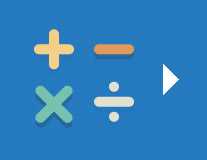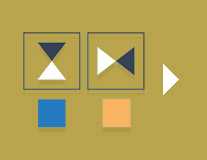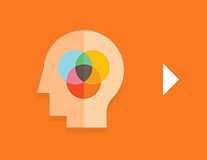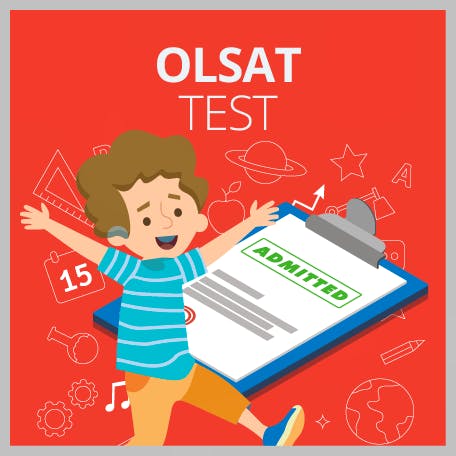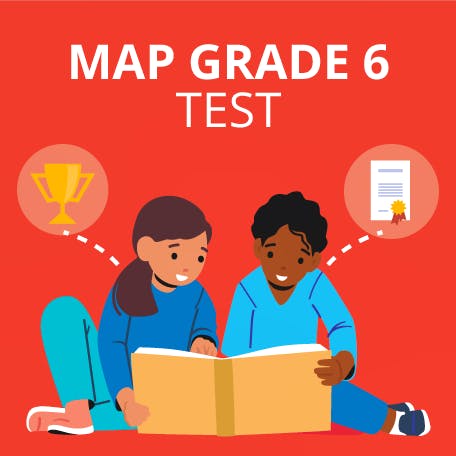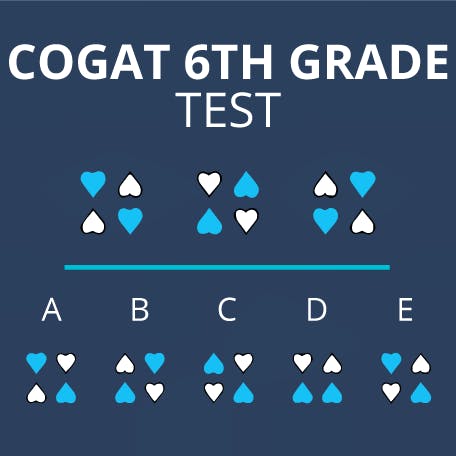WISC-V (Wechsler Intelligence Scale for Children) Test & 2024 Study Guide for Parents
Updated November 29, 2023
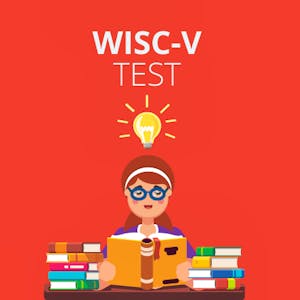

The Wechsler Intelligence Scale for Children (WISC-V) is a commonly used assessment for judging a child's intelligence. More than that, it can help to understand their reasoning and thinking abilities to support their development.
Here’s everything you need to know about this test.
The Wechsler Intelligence Scale for Children - Fifth Edition (WISC-V) is an individually administered and extensive evaluation tool used to assess children's reasoning and general thinking abilities.
It's typically given to children between ages 6 and 16.
After completing a test, children are awarded a Full-Scale Intelligence Quotient (IQ) score, along with age-based scores and rankings in several cognitive function fields.
Here we’ll provide an all-around study guide for parents whose children are required or scheduled to take the WISC-V test.
We’ll also include a comprehensive explanation of how it is constructed, its key features, tips for preparing, and a few example questions.
Let’s take a look!
What Is the WISC?
An evolution of the WISC IV test, the fifth edition of the WISC test is an IQ test typically issued to children between ages 6 and 16 by psychologists and school districts for several reasons.
One of the test's objectives is to evaluate whether children possess a particular talent for a specific study field.
In addition, it is also used to help assess the children's cognitive strengths and weaknesses.
Since the numerous subtests can be given online or one-on-one using manipulatives, the preferred testing method depends on the reason behind the testing.
For example, suppose your child is required to take the WISC-V exam as part of an admission qualification process for a private educational facility or gifted program.
In that case, the responsible organization will determine which subtests the child should take and in what form.
Moreover, for these programs, the standard is either the 7 or the 10 Primary Scale Subtest version, as these can be compared to the relevant Full Scale IQ (FSIQ) to determine children's eligibility for admission.
The WISC V test takes between 65 and 80 minutes to complete, depending on what is being assessed, with there being different primary and secondary subtests.
After the assessment, children receive the following WISC V scores:
-
A Composite Score indicating a student's overall intellectual ability (FSIQ).
-
The Primary Index Scores measure the following areas of cognitive functioning: Processing Speed Index (PSI), Verbal Comprehension Index (VCI), Working Memory Index (WMI), Fluid Reasoning Index (FRI) and Visual Spatial Index (VSI).
-
The Ancillary Index Scores encompass the following parts: Cognitive Proficiency Index (CPI), Quantitative Reasoning Index (QRI), General Ability Index (GAI), Nonverbal Index (NVI) and Auditory Working Memory Index (AWMI).
Because children's intellectual abilities can change over time and can be influenced by their changing interests, learning opportunities, motivation levels and attention span, their WISC scores can also change.
For this reason, the scores are always considered the measure of children's current cognitive and intellectual development levels.
Key Features of the WISC Test
There are several key features that are part of the WISC test.
It measures processing speed, verbal comprehension, fluid reasoning, working memory, and perceptual reasoning.
These tests enable a comprehensive evaluation of a child’s cognitive skills, not to mention help determine the child’s strengths/weaknesses.
The WISC assessment is standardized, meaning it has been taken by a large sample of students whose results and scores have been analyzed and used to establish norms.
Therefore, the children's individual results can be compared to their peers' results, providing an unambiguous view of their cognitive abilities.
In addition, the WISC tests are always individually administered to students by a trained psychologist. This allows for a personalized evaluation, along with making children more comfortable during the assessment.
Besides providing a valid and reliable measure of the children's current cognitive development level.
The Wechsler Intelligence Test also enables professionals to identify and diagnose potential learning and intellectual disabilities in time so the children can get the help they need to overcome or relieve them.
It can measure the impact of neurodevelopmental disorders, brain injuries and genetic conditions.
The test application method is proven to increase the overall coverage of tested skills without increasing testing time.
A shorter testing time is more likely to result in accurate FSIQ, especially in younger children with short attention spans.
Additionally, the tests assess children's cognitive processing "superpowers" and weaknesses and provide teachers and parents a foundation on how to help children work on both.
By analyzing the pattern of strengths and weaknesses analyses and the ability-achievement discrepancies in children with disabilities, the WISC tests provide for a more flexible evaluation of these children.
Example Questions on the WISC Test
While you can find plenty of WISC V sample questions online, here are a few example questions of the WISC Test, along with their answers, to give your child some idea of what to expect.
Example 1: Vocabulary Subtest
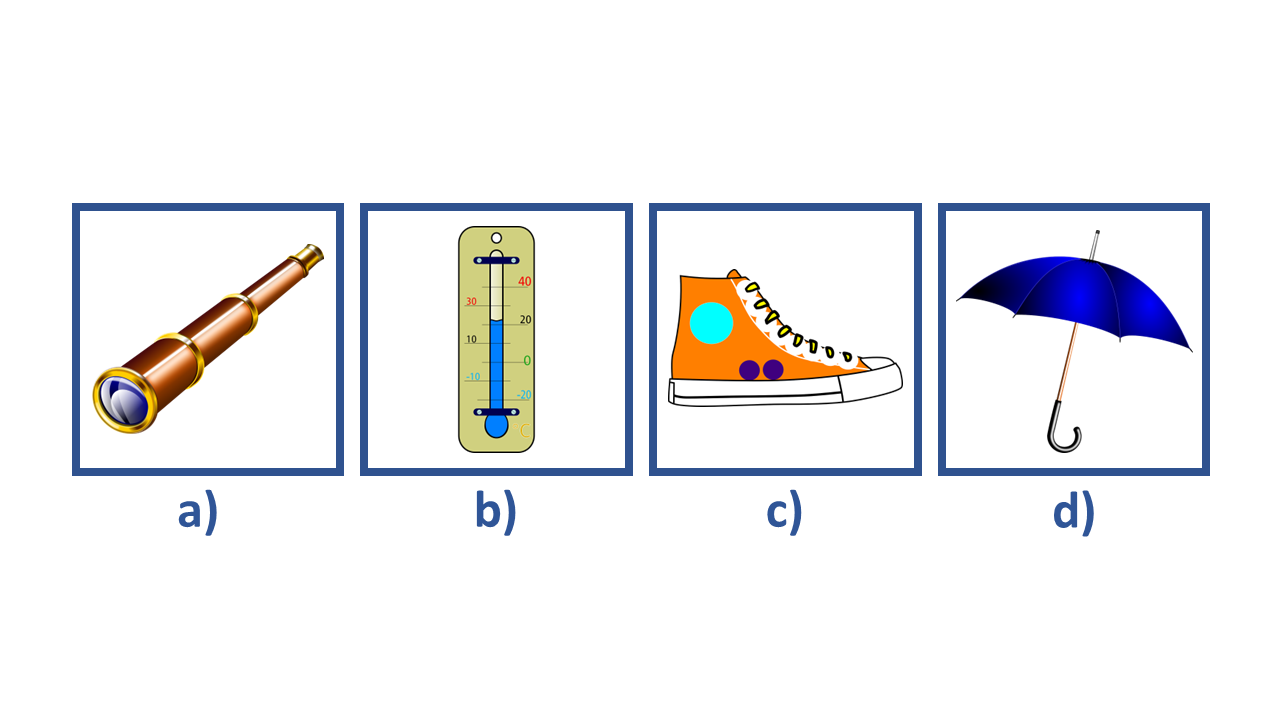
The parents should say the names of one of the objects above and ask the children to point to the object that the word corresponds to.
How are watermelon and cherries alike?
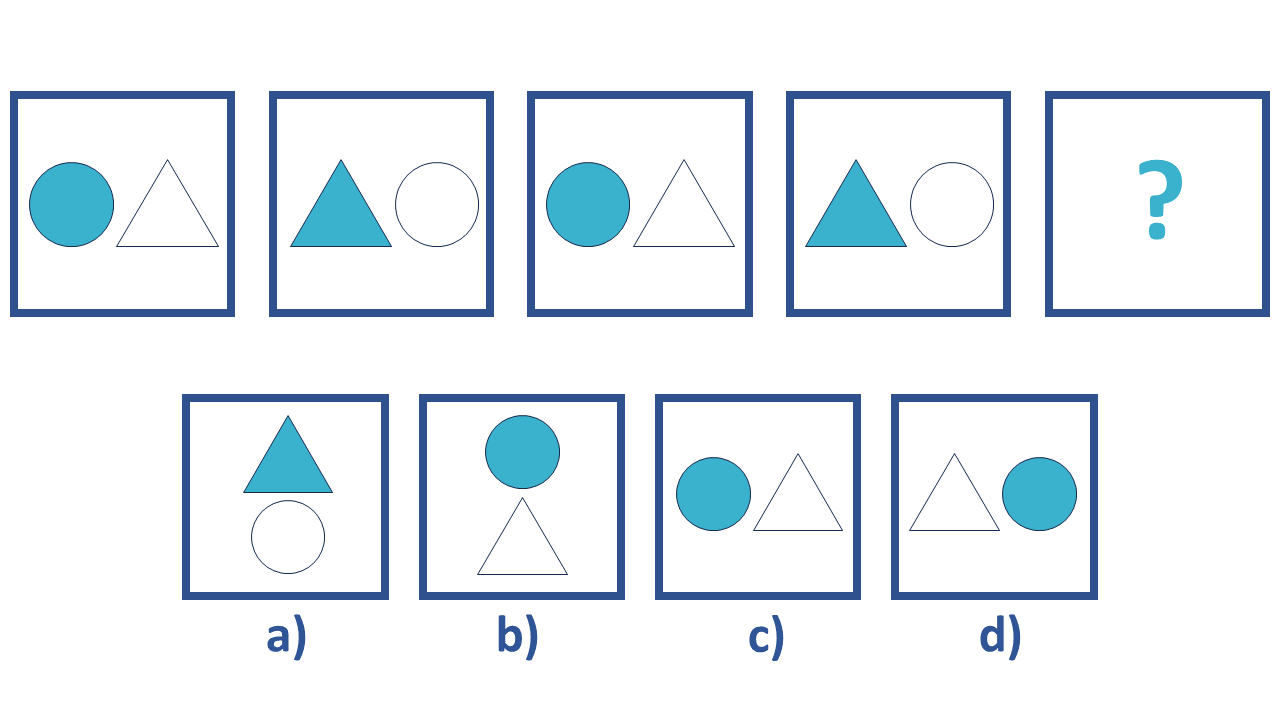
The children's task is to identify a pattern in the first row and choose which square from the bottom row goes into the sixth place of the first row.

Here is a row of numbers: 2 – 6 – 3 – 8 – 7 – 2 – 6
The parent should recite these numbers to the child and ask them to repeat the sequence.
Choose the correct answer to the following questions. Linda has 53 stickers. She gives 7 stickers to her friend to help her start her own collection.
How many stickers does Linda have left?
a) 36
b) 45
c) 46
d) 49
How do you say each of these in one word:
- A hundred years
- A long travel
- A group of people living close by
- The parts of your leg that touch the ground
If you want 12-month access to all the practice resources for this test, our partner TestPrep-Online.com offers a Family Membership.
Family Membership gives you access to all the TestPrep-Online resources for the next 12 months. You will also get two separate accounts, which can be very helpful if you have two children preparing for their tests.
The 10 Subtests on the WISC Test
There are 10 Primary Scale or Full-Scale IQ subtest types.
Together they're used to set up a comprehensive profile of a student’s cognitive abilities and identify their talents and weaknesses.
They also allow teachers to create educational planning and interventions.
As an intelligence test, the subtests can be completed one-on-one or online without specific requirements for writing or reading skills.
Here are subtests:
-
Verbal Comprehension – Vocabulary: It measures children's verbal concept formation ability, verbal expression, and knowledge by asking them to define a series of words.
-
Verbal Comprehension – Similarities: By asking the children to determine whether two things are similar or the same, this subtest assesses their verbal reasoning and concept formation skills.
-
Fluid Reasoning – Matrix Reasoning: Children are shown numerous pictures with a missing piece and asked to complete it using one of the smaller pictures provided, thus measuring their problem-solving and perceptual organization skills.
-
Visual-Spatial – Block Design: By showing them a picture or a model and asking them to replicate these with colored blocks within a time limit, this section tests their visual-spatial processing and motor abilities.
-
Fluid Reasoning – Figure Weights: During these subtests, children are given numbers or other forms of data and asked to use these to solve specific problems - testing their quantitative reasoning skills.
-
Processing Speed – Coding: To measure children's processing speed, they are given numbers paired with uncomplicated shapes and asked to replicate each picture under the corresponding number within a specific time frame.
-
Working Memory – Digit Span: Ascending working memory, this subtest requires students to replicate a number sequence in the same or in reverse order as they saw it.
-
Visual-Spatial – Visual Puzzles: By showing them a finished puzzle and asking them to choose 3 pieces that can recreate the same puzzle when combined, children's nonverbal reasoning, spatial processing, and attention to detail are assessed.
-
Working Memory – Picture Span: Another subtest evaluating working memory, except in this one, students are invited to remember a series of pictures and their order.
-
Processing Speed – Symbol Search: Children are given symbols to remember and search, which evaluates how fast they process spatial information.
WISC-V Age Bands
The test is administered to children between 6 and 16; however, children of different ages are grouped into 3 age bands, which are as follows:
-
13–16 Years: Incorporating late middle school to early high school education, this age band typically incorporates cognitive factors that could result in behavioral or academic difficulties. It also allows educators to identify talented and gifted students] and set them on the right path toward the best education possible.
-
8–12 Years: Covering late elementary to early middle school education, this age band is used to uncover specific areas of strength and potential that could affect children's future academic successes.
-
6–7 Years: Primarily administered in elementary education, this age band is a typical method to gather valuable information for educators and parents about a student's strengths, weaknesses, and overall cognitive development at the beginning of their formal education.
How to Prepare for the WISC Test
It is not easy to practice or prepare for the WISC. However, there are numerous options for preparation and we look at some of the best methods below.
Step 1. Practice Papers
The internet is a wealth of information. You'll find plenty of practice papers online for the WISC-V test, some free and others paid. Helping children practice with these is a great way to familiarize them with the test format.
They can learn what to expect when taking the exam, how the questions are formatted, and what type of questions are. They'll also learn to improve their time management skills to efficiently and correctly answer as many questions as possible and obtain higher scores.
Step 2. Revise Subjects
The WISC test is a comprehensive exam involving multiple skill sets and knowledge fields. Revising the different disciplines they can expect on the test can help students pass the questions.
Look into what subjects your child might be tested on their WISC test based on their age group, and get them to revise what they've previously learned from these.
Step 3. Rest
Students should regularly take breaks from revising. While practicing is critical, spending too much time preparing for the test (on top of their other school obligations) can be overwhelming for children.
Ensure your child has plenty of other activities planned (preferably something that involves physical exercise) between their study sessions. When they study for a longer period, they should get up regularly and move. They should also have an adequate amount and quality of sleep based on their age.
Step 4. Eat Well
A healthy diet can go a long way in optimizing children's cognitive functions. Slow-releasing carbs will give them enough energy, so they won't get fatigued, but proteins and healthy fats are also needed for the brain's function.
By providing them with a balanced diet, you can improve your child's memory retention and recall, critical thinking, and other cognitive functions, enabling them to perform well on the WISC test.
The WISC, or Wechsler Intelligence Scale for Children, is a widely used psychological assessment tool designed to measure the cognitive abilities and intelligence of children and adolescents aged 6 to 16 years. It helps assess various aspects of cognitive functioning, such as verbal and non-verbal reasoning, memory, and problem-solving skills.
A gifted IQ score on the WISC V test typically falls in the range of 130 or above. However, the specific criteria for giftedness may vary by school district or educational institution.
The WISC V test itself is not specifically designed to diagnose autism. However, it can be part of a comprehensive assessment conducted by professionals to evaluate various aspects of a child's cognitive abilities, including those with autism spectrum disorder (ASD).
The WISC test can be administered to 7-year-olds and is used to assess their cognitive abilities and intelligence. Additionally, the test is adjusted for age to ensure that the questions and tasks are appropriate for a child's developmental stage.
The WISC V test is not a diagnostic tool for ADHD (Attention Deficit Hyperactivity Disorder). However, it may be part of a broader assessment to understand a child's cognitive strengths and weaknesses, which can help in diagnosing and managing conditions like ADHD.
The Wechsler Intelligence Scale for Children (WISC) is designed for children and adolescents aged 6 to 16 years. It provides age-appropriate assessments for various developmental stages within this range.
When administered and scored properly by trained professionals, the WISC test is considered a reliable and valid measure of cognitive abilities. It undergoes rigorous standardization and validation processes to ensure its reliability and validity in assessing a wide range of cognitive functions in children and adolescents.
Final Thoughts
The WISC test is a great way to assess student’s potential and cognitive.
It encompasses a range of subtests evaluating students' relevant skills and is given in different age bands.
However, because it's a rather challenging assessment, preparation is needed to help boost performance.
Besides revising a variety of subjects, it's a good idea to help your child complete sample tests and have a healthy and balanced lifestyle.
This will allow them to clarify the test and ensure it reflects their ability more accurately.



